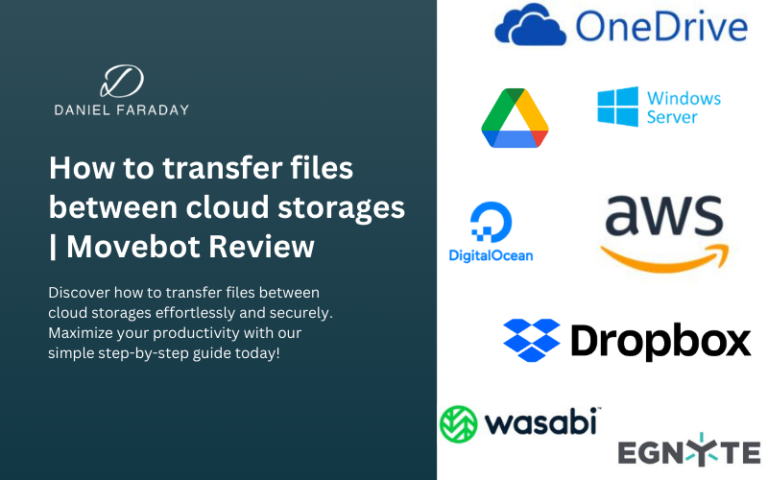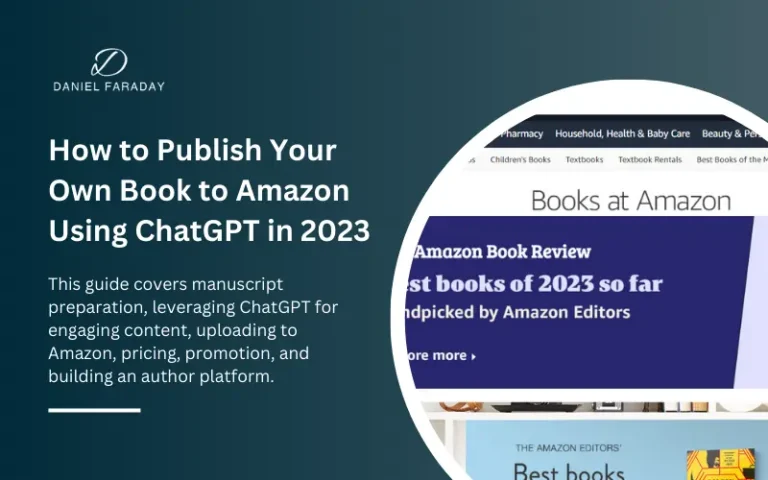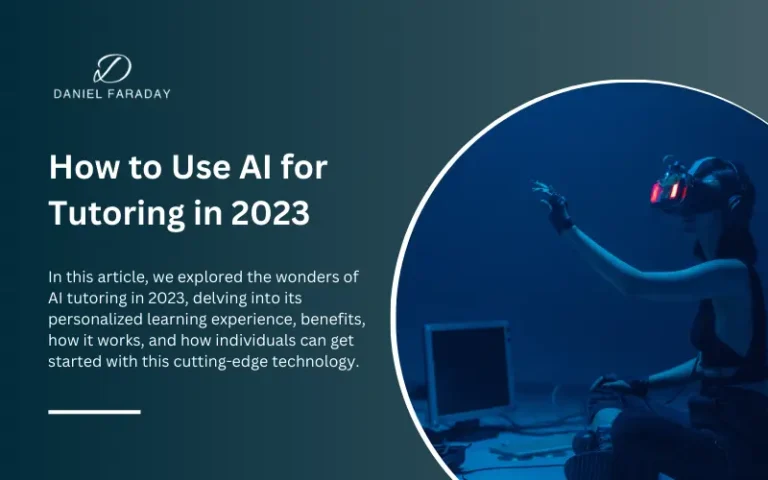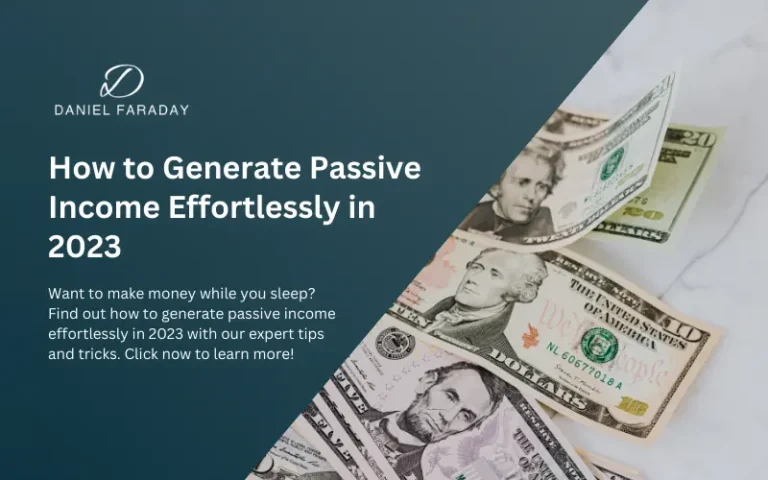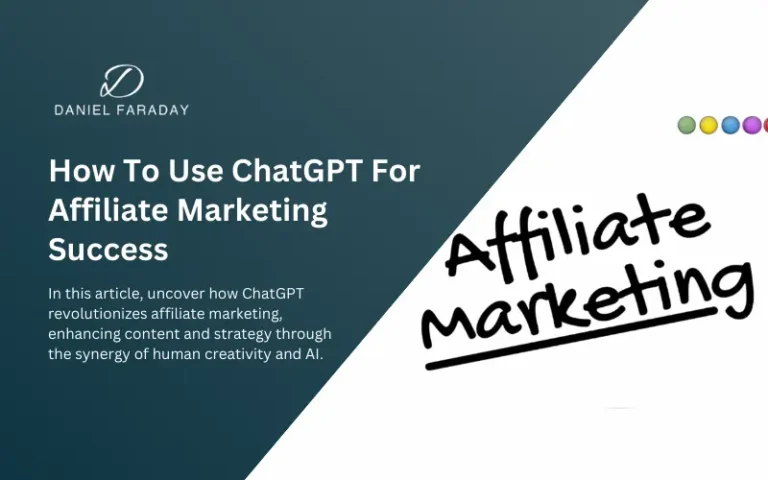How to Start Affiliate Marketing Without Followers or an Audience
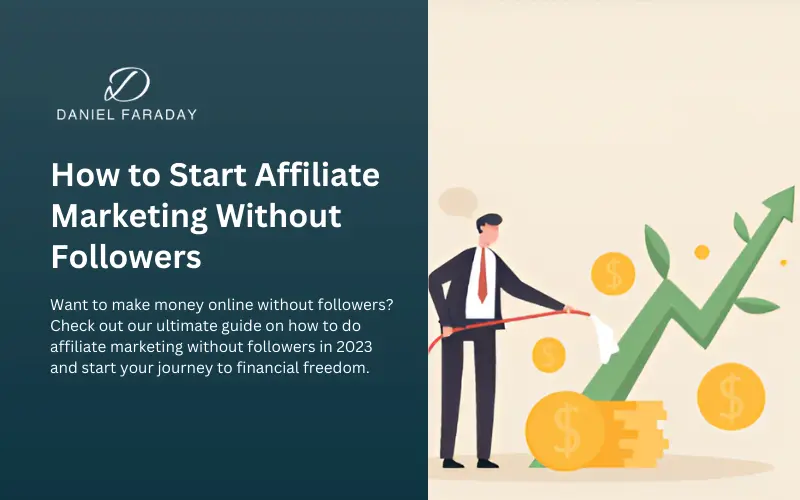
So you want to get into affiliate marketing but don’t have an audience or social following yet? Don’t worry, you can absolutely start affiliate marketing from scratch and build up your audience over time. Affiliate marketing is one of the easiest ways to make money online, even if you’re just getting started. The key is finding the right products to promote, creating valuable content, and using some smart marketing strategies to attract new readers and potential customers.
In this article, we’ll walk you through how to get started with affiliate marketing when you have no audience. You’ll learn how to find high-quality affiliate programs to join, how to choose products that are actually helpful for your audience, and ways to build your email list and social following from nothing. The best part is, that you can get the ball rolling with affiliate marketing using just a few simple steps. Before you know it, you’ll have your own audience of readers and customers, all while earning money through commissions. So if you’re ready to dive in and start your affiliate marketing journey, keep reading!
Affiliate Marketing Basics: What Is It and How It Works
If you’re just getting started with affiliate marketing, you may be wondering if you really need a big social media following or email list to be successful. The short answer is no, you absolutely do not. While building an audience can be helpful down the road, it’s not required to get started.
Here are the basics of how affiliate marketing works and how you can start earning commissions without a following.
Affiliate marketing simply means promoting other people’s products or services and earning a commission for any resulting sales. You sign up with affiliate networks like ShareASale or CJ Affiliate by Conversant and browse thousands of offers from brands in your niche. When you promote an offer and generate a sale, you get paid a percentage of that sale, typically 5-30% depending on the product.
The key to success is finding the right offers and the right ways to promote them. You have a few good options for promoting offers without the following:
Build an affiliate website. Creating a niche website focused on products and content in a specific industry is a great way to earn affiliate commissions over the long run. You can write product reviews, how-to guides, blog posts, and more to organically attract visitors through search engines like Google. Then you recommend high-quality offers to your readers and earn a commission on any sales. This method requires work upfront but can generate passive income for years.
Pay for advertising. While building an audience can take time, paying for ads allows you to get targeted traffic to your offers right away. You can run ads on search engines, social media, or native ad networks to attract people interested in the products you want to promote. Then send that traffic directly to affiliate offer links and earn commissions from any purchases. This does require an upfront investment but can generate quick returns if done right.
Email marketing. Build a mailing list by offering a free guide, ebook, or other opt-in incentive in your niche. Then you can promote relevant affiliate offers to your subscribers through a regular email newsletter. This allows you to build a following over time that you can monetize through affiliate marketing. Just be sure to only promote high-quality, relevant offers so you don’t annoy your readers or lose their trust.
The key is to choose one method and take action. With hard work and persistence, you can build a successful affiliate marketing business without a huge following or social media influence. The opportunities are out there if you look for them!
Why Followers Aren’t Necessary for Success
You don’t need a huge social media following to make it an affiliate marker. In fact, some of the most effective affiliate marketers built their businesses without using social media at all.
While platforms like Facebook and Instagram seem like easy ways to spread the word about offers, they come with a lot of restrictions and instability. Your account could be banned at any time, and then you’re back to square one. It’s much better to focus your efforts on owned media – a blog, website, or email list you have full control over.
A popular method is creating an automated affiliate website. These are niche sites with embedded YouTube videos and affiliate links. If you have a domain and hosting, you can launch one of these sites in under an hour. You can also hire a freelancer on Fiverr to build one for you. The content is already created, so you just need to drive traffic to the site through SEO or ads.
Email marketing is another simple but effective strategy. Build a mailing list, create email campaigns promoting your favorite offers, and send them out. People who opt-in to your emails are much more likely to buy since they’re already interested in what you have to say.
While social media does have its place in affiliate marketing, don’t feel like you have to become an influencer to succeed. By focusing on search engine traffic, paid ads, and email marketing, you can build a sustainable business and true passive income. Followers come and go, but assets you control can lead to long-term success.
Effective Strategies to Promote Affiliate Links Without Followers
Promoting your affiliate links without a following can seem daunting, but a few key strategies can help you succeed.
1. Building a Website for Organic Traffic and Sales
Building a website is one of the best ways to promote affiliate offers without a large following. Your own site gives you full control and flexibility over your content and how you monetize it. You have two options here:
Create an automated affiliate site or start an affiliate blog.
An automated affiliate website has pre-made content like videos, articles, and images that you can quickly set up. These turnkey sites are easy to launch and the content is optimized to rank well in search engines like Google. You can build one yourself or hire a freelancer to set it up for you. The benefit is that it requires almost no work to get started. The downside is that you have little control over the content.
Start an affiliate blog.
Starting an affiliate blog gives you more freedom and control. You create all the content yourself, so you can focus on your specific niche and audience. However, it does require consistent work to build up your content and get traffic. The key is to choose a profitable niche, find affiliate programs related to your topic, and write helpful reviews, tutorials, and other content to attract organic search traffic.
To start an affiliate blog:
- Pick a niche you’re passionate about. This will make the work much easier and help you create better content.
- Find high-paying affiliate programs in your niche. Look for programs that pay at least 30-50% commissions.
- Set up your WordPress site. Buy a domain name and hosting, then install WordPress.
- Create content that provides value. Write blog posts, reviews, tutorials, and guides related to your niche and the products you want to promote. Focus on being helpful, not sales.
- Optimize for search engines. Use keywords in your posts, internal linking between posts, fast page load times, and a mobile-friendly design. This will get you ranked higher in search results.
- Promote your site. Build backlinks, use social media, and start an email list to drive more traffic. Paid ads can also help.
- Turn visitors into customers. Share affiliate links and promotional content on your site. Give helpful advice and recommendations based on your experience.
With time and consistency, you can build a successful affiliate site through blogging. While it does take work, the rewards of recurring passive income and owning a valuable online business make it worth the effort.
2. Run paid advertising campaigns
If you have a small budget to invest in your affiliate marketing efforts, consider running pay-per-click ads to drive targeted traffic to your affiliate links or website. Services like Google Ads make it easy to get started. You can bid on keywords related to the products you want to promote and create text or display ads to capture people’s attention.
When visitors click your ad, they’ll be taken directly to your affiliate offer page or website. As long as the cost per click is less than the potential commission you can earn, paid advertising can be an effective way to promote affiliate links without relying on a large following. Start with a small daily budget and scale up as you optimize your campaigns.
3. Reach out to influencers
Influencers in your niche already have an established audience, so collaborating with them is a great way to tap into their followers and promote your affiliate links. You can negotiate a deal where they share your links or product reviews on their website, email list, or social media channels in exchange for a flat fee or percentage of any sales. Finding the right influencers and building a long-term partnership with them takes work but can yield great results.
While growing a large following certainly has its benefits, affiliate marketers can achieve success through other means like optimizing a website, running advertising campaigns, and collaborating with influencers. With the right strategy and persistence, you can start earning commissions from your affiliate links in no time.
4. Email Marketing
Email your subscribers regularly with product recommendations, promotions, tips, and deals. Mention the benefits and features of products and include your affiliate links so they can purchase easily.
Keep your emails short, around 2 to 3 paragraphs. Focus on one main topic or product per email. Use an engaging subject line like, “24 Hours Only – 60% Off This Popular Product.”
Time your emails around major shopping periods like holidays or seasonal events. Send 3 to 5 emails per week for the best results. Track open and click rates to see what’s working and make improvements.
With consistency, email marketing and paid ads can become excellent sources of passive income. While building an audience on social media could be helpful, you can achieve success through other channels. Keep testing, and optimizing, and don’t get discouraged. With hard work and persistence, you’ll start generating sales and earning commissions from your affiliate links.
Bonus Tip
In this age of AI, leveraging both free and paid AI tools can be a game-changer for boosting the success of your affiliate marketing endeavors. These advanced AI-powered solutions have the potential to significantly enhance your affiliate business in various ways.
FAQ
So you want to get into affiliate marketing but don’t have a big social media following? No worries, you can still be successful. Here are some of the most common questions about affiliate marketing without an audience. With time and consistency, you can build a successful affiliate site through blogging. While it does take work, the rewards of recurring passive income and owning a valuable online business make it worth the effort.
Do I really need followers to do affiliate marketing?
Absolutely not. While having followers on social media platforms like Facebook or Instagram can be helpful for some affiliate marketers, it is not required. There are other effective ways to drive traffic to your affiliate links, such as building an automated website, email marketing, or working with influencers.
How can I get started with affiliate marketing if I have no audience?
A great way to get into affiliate marketing without followers is to build your own website or blog. You can write reviews and recommendations for products in your niche and include your affiliate links. Over time, your site can gain organic search traffic from Google and Bing. You can also consider paid ads to drive more visitors. The key is choosing a profitable niche and high-converting offers.
What if I don’t want to create a website? Are there other options?
Yes, there are a couple of other good options if you don’t want to build a website immediately. You can start building an email list by offering a lead magnet like a free report or video training. Then, promote affiliate offers to your subscribers through email marketing. Another approach is to reach out to influencers in your niche and negotiate a deal where they promote your affiliate links to their audience for a commission. You provide the links and commissions, they provide the traffic.
Is affiliate marketing difficult to learn?
Affiliate marketing does have a learning curve, but the basics are relatively easy to pick up. The key is to choose a niche you’re passionate about, find high-quality affiliate programs and offers, and then drive targeted traffic to your links using methods like content creation, email marketing, paid ads, or influencer partnerships. While it takes time and practice to become an expert, affiliate marketing is an accessible business model for people at all experience levels. The rewards can be well worth the effort!
Conclusion
So there you have it, a few simple steps to get started with affiliate marketing even if you don’t have a huge following or audience just yet. The keys are finding a niche you’re passionate about, choosing high-quality products that genuinely help people, and focusing on value and trust over sales. Build your audience by providing useful content, engaging with others, and being patient.
You can do this. Affiliate marketing is within your reach, so take that first step. Start researching niches and products, set up your website, and publish your first blog post or video. Learn as you go and stay consistent. Before you know it, you’ll have built an audience that trusts your recommendations. And the best part is, you get to make a living by sharing products you genuinely believe in. Not too shabby! Keep putting in the work each and every day, stay determined, and don’t get discouraged. You’ve got this. Now get out there and start your affiliate marketing journey!

